Umbra Lucis Ensemble - The Lost Fresco: Music for the Anghiari Battle (2020)
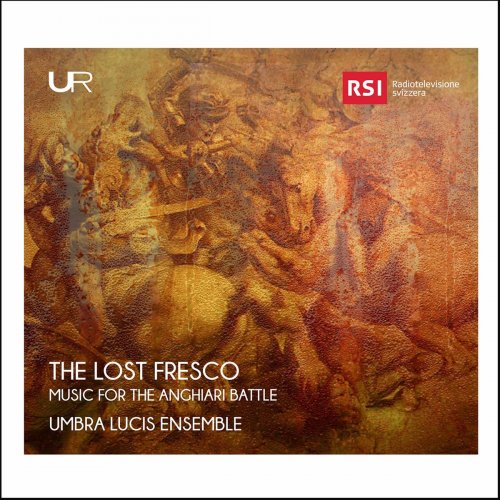
Artist: Umbra Lucis Ensemble
Title: The Lost Fresco: Music for the Anghiari Battle
Year Of Release: 2020
Label: Urania Records
Genre: Classical
Quality: FLAC (tracks)
Total Time: 63:20 min
Total Size: 315 MB
WebSite: Album Preview
Tracklist:Title: The Lost Fresco: Music for the Anghiari Battle
Year Of Release: 2020
Label: Urania Records
Genre: Classical
Quality: FLAC (tracks)
Total Time: 63:20 min
Total Size: 315 MB
WebSite: Album Preview
1. William Byrd: The Drum And Flute
2. Nicoletta Andreuccetti: Del Visibile Dellinvisibile: LAffresco Perduto
3. Guillaume Dufay: Donne Lassault A La Fortresse
4. Giovanni Gabrieli: Intonazione Del VII Tono
5. Tomás Luis De Victoria: Estote Fortes In Bello
6. Jacquet De Berchem: Le Donne, I Cavallier, Larme, Gli Amori
7. Jacquet De Berchem: O Gran Bontà De Cavallieri Antiqui
8. Tobias Hume: Soldiers March
9. Giovanni Battista Conforti: Non Rumor Di Tamburi O Suon Di Trombe
10. John Dowland: My Lord Willoughbys Welcome Home
11. Giovanni Ferretti: Mettetevi In Battaglia, Pensier Miei
12. Gioseffo Guami: Canzona Sopra La Battaglia
13. Mathias Hermann Werrecore: O Signori Italiani
14. Mathias Hermann Werrecore: El Gran Duca Milanese
15. Annibale Padovano: Battaglia A 8
16. Andrea Gabrieli: Intonazione Del II Tono
17. Tomás Luis De Victoria: Te Deum Laudamus
The Umbra Lucis Ensemble present an intriguing disc portraying the Anghiari Battle in works by Byrd, Dowland, Andreuccetti, Dufay, de Victoria, Hume and others.
The relationship between music and war bears witness to the ethical dimension of music and its impact on the human. But warfare is also a metaphor and sign of the battles to which the existence is voted: amorous disputes, moral duels ... In a word: the dialectic between shadow and light that which incessantly beats life. Shadow and light that has marked, according to the contemporary chronicle, also one of the symbolic events of the Italian Renaissance: he Battle of Anghiari.
The Battle of Anghiari was fought on 29th June 1440 between the forces of Milan and those of the Italian league led by Florence, during the Wars of Lombardy. It is said, in fact, that the Milanese troops remained as blinded by an invasive and omnipresent light that prevented them from seeing the enemy and therefore the Florentines won the day and in doing so secured dominion over central Italy. The battle is well known for its depiction in a now lost painting by Leonardo da Vinci, hence the title of this album. Rubens completed a copy of da Vinci's work which is now exhibited int the Louvre.
In the musical journey portrayed on this album, the battle is interpreted both in its factual and metaphorical dimension: from the love battles (Dufay, Berchem, Conforti) to the battles tout court (Banchieri, Werrecore); from the theme of the return (Dowland) to the autobiographical story (Hume); to the end with a gratitude for the victory (De Victoria) which, after all, brings everyone together: winners and losers, light and shadow, now regained in peace.
The relationship between music and war bears witness to the ethical dimension of music and its impact on the human. But warfare is also a metaphor and sign of the battles to which the existence is voted: amorous disputes, moral duels ... In a word: the dialectic between shadow and light that which incessantly beats life. Shadow and light that has marked, according to the contemporary chronicle, also one of the symbolic events of the Italian Renaissance: he Battle of Anghiari.
The Battle of Anghiari was fought on 29th June 1440 between the forces of Milan and those of the Italian league led by Florence, during the Wars of Lombardy. It is said, in fact, that the Milanese troops remained as blinded by an invasive and omnipresent light that prevented them from seeing the enemy and therefore the Florentines won the day and in doing so secured dominion over central Italy. The battle is well known for its depiction in a now lost painting by Leonardo da Vinci, hence the title of this album. Rubens completed a copy of da Vinci's work which is now exhibited int the Louvre.
In the musical journey portrayed on this album, the battle is interpreted both in its factual and metaphorical dimension: from the love battles (Dufay, Berchem, Conforti) to the battles tout court (Banchieri, Werrecore); from the theme of the return (Dowland) to the autobiographical story (Hume); to the end with a gratitude for the victory (De Victoria) which, after all, brings everyone together: winners and losers, light and shadow, now regained in peace.
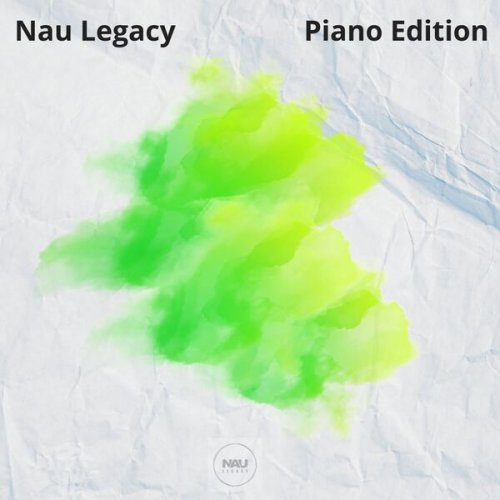
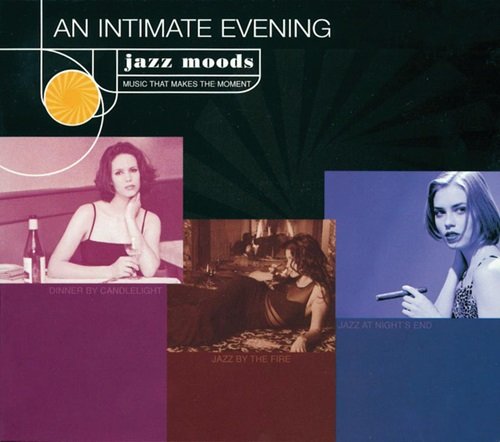
![The Mood Mosaic - Spaghetti Groove (The Italian Psychedelic Way) (2025) [Hi-Res] The Mood Mosaic - Spaghetti Groove (The Italian Psychedelic Way) (2025) [Hi-Res]](https://www.dibpic.com/uploads/posts/2025-12/1766134183_k1k4hhixemtxa_600.jpg)
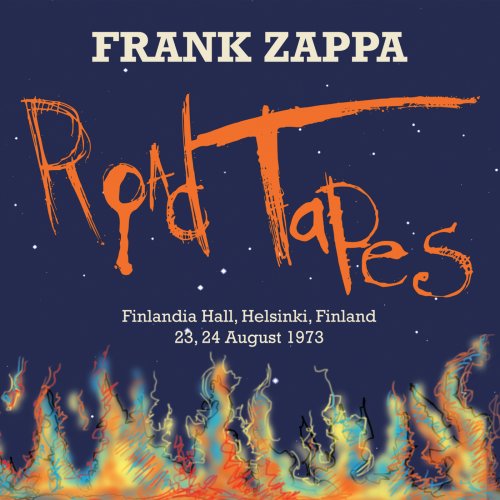
![LRK Trio, Elizaveta Korneyeva and Euphoria Orchestra - LRK Orchestra (2025) [Hi-Res] LRK Trio, Elizaveta Korneyeva and Euphoria Orchestra - LRK Orchestra (2025) [Hi-Res]](https://www.dibpic.com/uploads/posts/2025-12/1766210674_qm8oj75twl1x5_600.jpg)
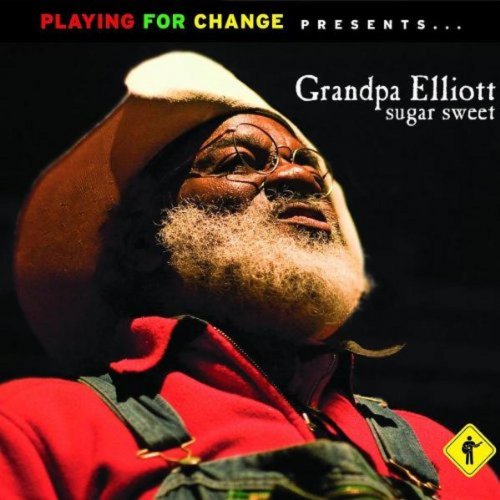
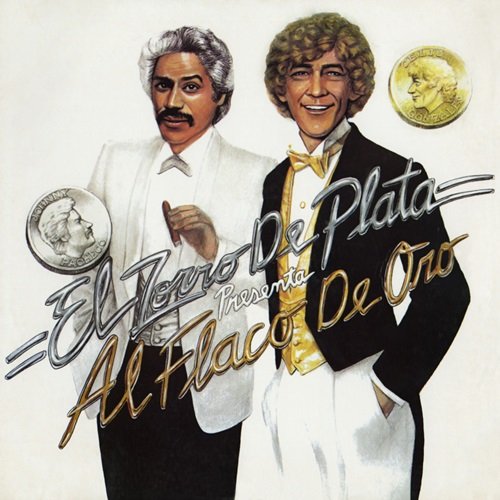
![Teho Teardo, Blixa Bargeld - Christian & Mauro (2024) [Hi-Res] Teho Teardo, Blixa Bargeld - Christian & Mauro (2024) [Hi-Res]](https://img.israbox.com/img/2025-12/21/bjlcx9vjtvjfc16apdpl5r09h.jpg)
